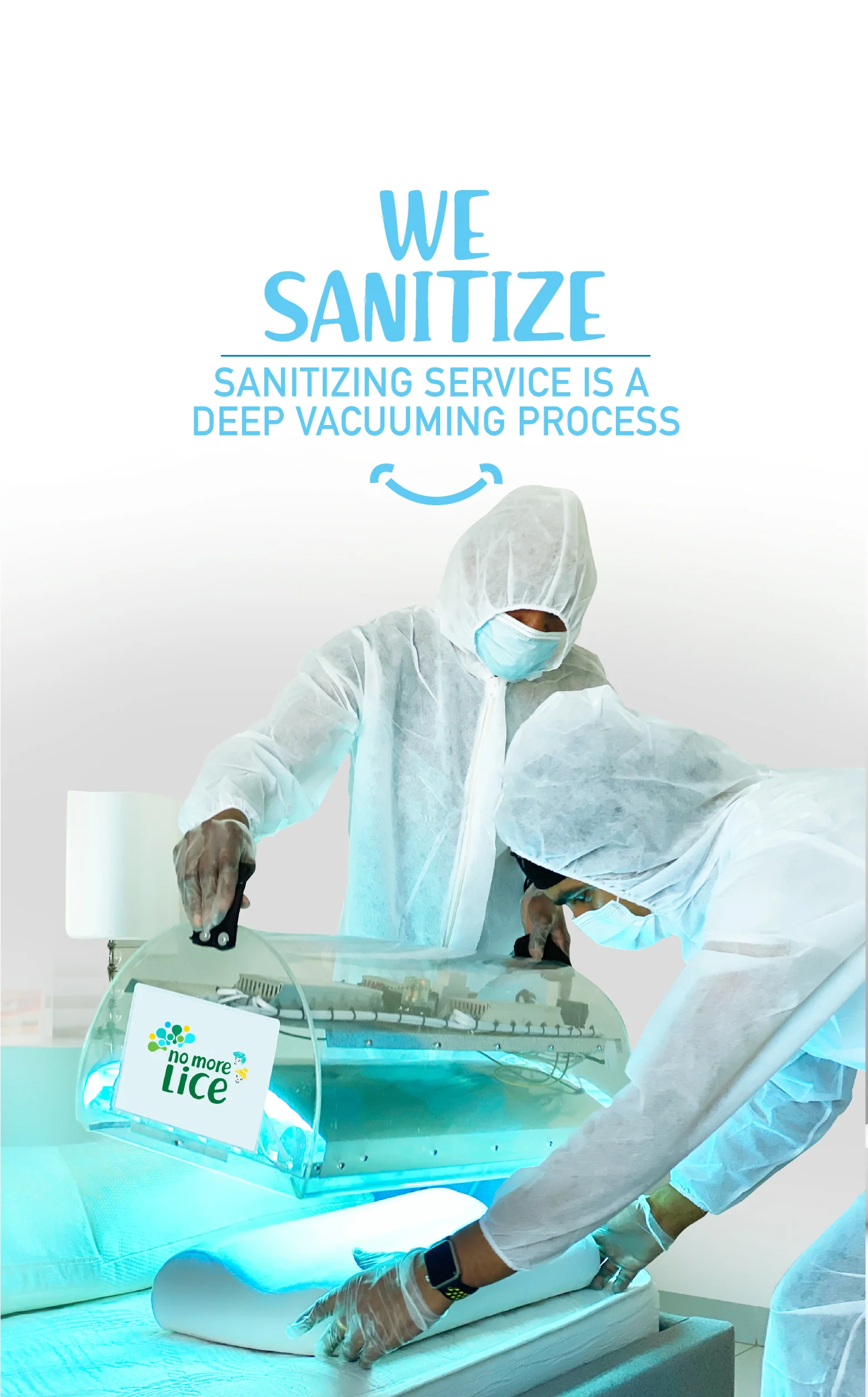You followed the instructions perfectly. You coated every strand of hair. You waited. You rinsed. But a few days later, the scratching is back. Your lice treatment did not work. This is a common and frustrating problem.
The good news is that you are not alone, and there are clear reasons why this happens. Knowing these reasons can help you win the fight against these annoying bugs.
Not enough product:
Using too little treatment is a common mistake with the best lice treatment. Lice products only work if they touch the lice. With thick, long, or dense hair, one bottle might not be enough. Your goal is to saturate the hair and scalp until it is dripping. Do not be shy with the application. Every single hair must be coated from the root to the tip to ensure no louse is missed.
Missing the nits:
Treatments can kill live lice, but they are often less effective at killing nits, which are the eggs. Nits are firmly glued to the hair shaft. If you do not remove them, they will hatch in about a week, starting the cycle over. After any treatment, you must comb through the hair with a fine-toothed nit comb. This physically removes the eggs and is a vital step for success.
Resistant lice:
Just like some germs become resistant to medicines, some lice have become resistant to certain treatments. If you use a product and it fails, the lice in your area might not be affected by its active ingredient anymore. This does not mean you have super-lice. It just means you want to try a treatment with a different ingredient.
Re-infestation is happening:
You treated your child’s hair, but what about their environment? Lice can live for a day or two off the human head. To prevent re-infestation, you should wash all bedding, hats, and recently worn clothes in hot water. Soak hairbrushes and combs in hot water for at least ten minutes. This stops a louse from jumping back onto a clean head.
Skipping the second treatment:
Most product instructions tell you to do a second treatment after seven to ten days. This is not a suggestion; it is essential. The second application kills any young lice that hatched from eggs you might have missed. If you skip this step, you are only halfway to solving the problem. Always mark your calendar for the follow-up treatment.



